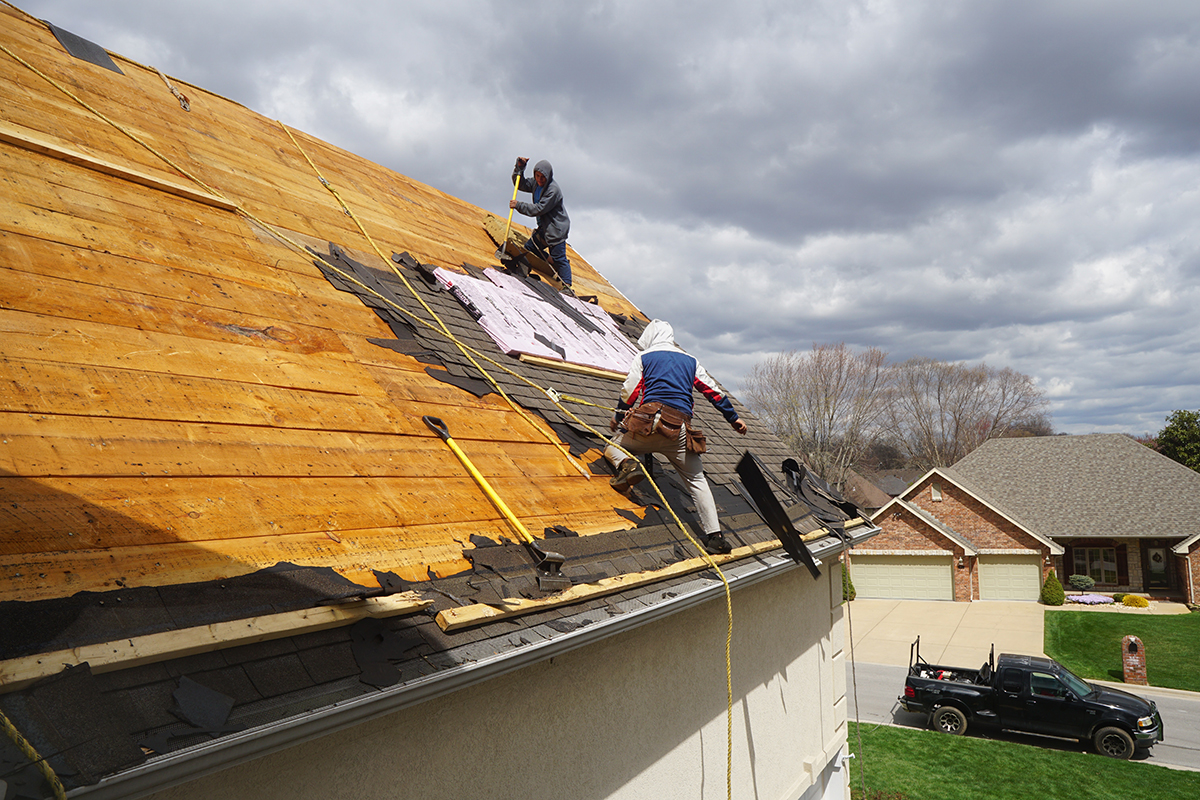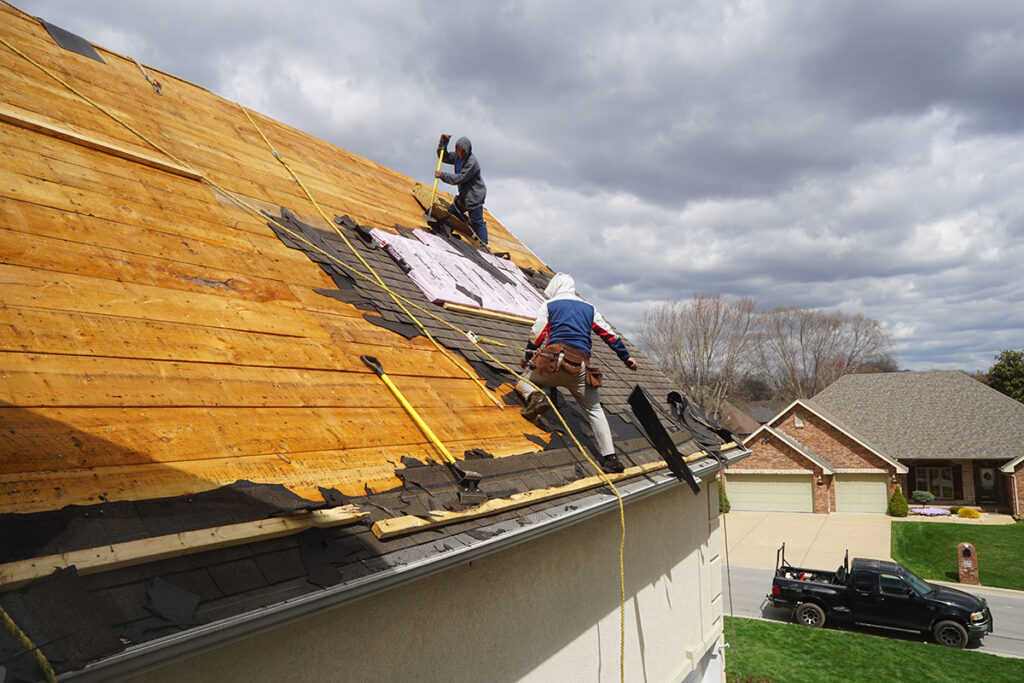
22 Jul 10 Signs Your Roof Needs Repair or Replacement

A roof is one of the most important parts of a house, protecting the interior from the elements and keeping it dry and safe. However, over time, wear and tear can cause damage to the roof and lead to leaks and other issues. It is important to recognize the signs that your roof may need repair or replacement to prevent further damage and ensure the safety of your home.
One of the first signs that your roof may need repair or replacement is its age. Most roofs last between 15 and 25 years, depending on the type of material and quality of installation. If your roof is approaching or exceeding this age range, it may be time to consider a replacement. Additionally, if you have recently purchased an older home, it is important to have the roof inspected to ensure it is in good condition.
Key Takeaways
- Recognize the signs that your roof may need repair or replacement to prevent further damage and ensure the safety of your home.
- One of the first signs that your roof may need repair or replacement is its age.
- If you notice any visible damages, leaks, or water damage on your roof, it may be time for repair or replacement.
Recognizing the Age of Your Roof
Determining the age of your roof is essential in recognizing when it needs repair or replacement. The age of the roof is a crucial factor in determining its lifespan. Asphalt shingle roofs have a lifespan of about 20 to 25 years, while metal roofs can last up to 50 years or more.
One way to determine the age of your roof is to check the original installation date. If you have the original paperwork or can contact the previous owner, you can determine the age of the roof. Another way is to inspect the roof for visible signs of aging.
Asphalt roofs show signs of aging through curling, cracking, and missing shingles. If you notice any of these signs, it may be time to replace your roof. On the other hand, metal roofs show signs of aging through rusting, dents, and corrosion. If you notice any of these signs, it’s time to repair or replace your roof.
It’s essential to have your roof inspected by a professional to determine its age accurately. A professional can also identify any underlying issues that may not be visible to the naked eye. Regular inspections can help extend the lifespan of your roof and prevent costly repairs.
In summary, recognizing the age of your roof is crucial in determining when it needs repair or replacement. Asphalt shingle roofs have a lifespan of about 20 to 25 years, while metal roofs can last up to 50 years or more. Signs of aging include curling, cracking, missing shingles, rusting, dents, and corrosion. It’s essential to have your roof inspected regularly by a professional to identify any underlying issues and extend its lifespan.
Identifying Visible Damages
When it comes to identifying if a roof needs repair or replacement, the first step is to look for visible damages. Here are some common visible damages that may indicate a need for repair or replacement:
Shingle Damage
Inspecting shingles is an important part of identifying visible damages. Look for missing, damaged, or curling shingles. If shingles are curling, it may indicate that they are past their useful life and need to be replaced. Damaged shingles may also be a sign of storm damage.
Flashing Damage
Flashing is the material that seals the roof edges, valleys, and other areas where the roof meets a vertical surface. If flashing is damaged or missing, it can cause water to leak into the house. Inspect flashing for cracks, rust, or other signs of damage.
Damage to Gutters
Gutters play an important role in protecting the roof and the foundation of the house. Look for signs of damage to gutters such as dents, cracks, or holes. If there are granules in gutters, it may indicate that the shingles are deteriorating and need to be replaced. Granule loss may also be a sign of storm damage.
In summary, visible damages to shingles, flashing, and gutters can indicate a need for repair or replacement. It is important to inspect the roof regularly and address any visible damages promptly to avoid more extensive damage and costly repairs.
Detecting Leaks and Water Damage
Water damage is one of the most common issues that homeowners face with their roofs. It can be caused by a variety of factors, including age, wear and tear, and severe weather conditions. Detecting leaks and water damage early on is crucial to prevent further damage to your roof and your home’s interior.
Water Stains and Mold
Water stains on your ceiling or walls are a clear indication that there is a leak in your roof. These stains can range in size and shape, and may be yellow, brown, or even black in color. If left untreated, water stains can cause mold growth, which can be hazardous to your health and cause further damage to your home.
Mold growth can also occur in your attic if there is a leak in your roof. Mold thrives in moist environments, and an attic with poor ventilation and insulation can provide the perfect conditions for mold growth. If you notice a musty odor or see mold growth in your attic, it may be a sign that there is a leak in your roof.
Roof Leaks and Moisture
Roof leaks can be caused by a variety of factors, including damaged shingles, cracked flashing, or clogged gutters. If you notice water dripping from your ceiling or walls, it is important to locate the source of the leak and have it repaired as soon as possible.
Moisture in your attic can also be a sign of a leak in your roof. If you notice damp insulation or water droplets on your attic floor, it may be a sign that there is a leak in your roof. Moisture in your attic can also cause damage to your insulation, which can reduce its effectiveness and increase your energy bills.
In conclusion, detecting leaks and water damage early on is crucial to prevent further damage to your roof and your home’s interior. If you notice any signs of water damage, such as water stains or mold growth, it is important to have your roof inspected by a professional.
Spotting Structural Issues
When it comes to identifying potential issues with your roof, it’s important to be able to spot signs of structural damage. Structural issues can lead to serious problems with your roof, so it’s important to address them as soon as possible. Here are some things to look out for:
Sagging Roof
One of the most obvious signs of a structural issue is a sagging roof. If you notice that your roof is starting to sag in the middle, it’s likely that there is a problem with the structure of your roof. This could be due to a number of factors, including moisture damage, a weakened foundation, or damage to the roof’s support beams.
If you notice that your roof is sagging, it’s important to address the issue immediately. A sagging roof can lead to serious problems, including water damage and even collapse. Be sure to contact a professional roofing contractor to assess the situation and recommend the appropriate repairs.
Issues with Chimneys and Skylights
Another common sign of a structural issue is problems with chimneys and skylights. If you notice that your chimney or skylight is starting to pull away from the roof, it’s likely that there is a problem with the structure of your roof.
This could be due to a number of factors, including moisture damage, a weakened foundation, or damage to the roof’s support beams. If you notice any issues with your chimneys or skylights, be sure to contact a professional roofing contractor to assess the situation and recommend the appropriate repairs.
In summary, it’s important to be able to spot signs of structural damage when it comes to your roof. If you notice any issues with sagging, moisture damage, or problems with chimneys and skylights, be sure to contact a professional roofing contractor to assess the situation and recommend the appropriate repairs.
Checking for Algae, Moss, and Mildew
Algae, moss, and mildew are common problems that can develop on a roof. These growths can cause damage to the roof and shorten its lifespan. It is important to check for these issues regularly to prevent further damage.
One of the most common signs of algae growth on a roof is black streaks or discoloration. These streaks are caused by a type of algae that feeds on the limestone in shingles. Over time, this can cause the shingles to deteriorate and become less effective at protecting the roof.
Moss and mildew can also cause damage to a roof. Moss can grow in the spaces between shingles and cause them to lift, which can lead to leaks. Mildew can cause shingles to become discolored and weaken over time.
To check for algae, moss, and mildew on a roof, it is important to inspect the roof regularly. Look for any discoloration or growths on the surface of the shingles. If you see any signs of these issues, it is important to take action to prevent further damage.
There are several ways to prevent algae, moss, and mildew from growing on a roof. One effective method is to install zinc or copper strips along the roof ridge. These metals release ions that prevent the growth of algae and other organisms.
Regular cleaning of the roof can also help prevent the growth of algae, moss, and mildew. This can be done using a mixture of water and bleach, or by using a commercial roof cleaner. However, it is important to be careful when cleaning a roof, as excessive pressure or harsh chemicals can damage the shingles.
In summary, checking for algae, moss, and mildew on a roof is an important part of maintaining its integrity and preventing further damage. Regular inspection and cleaning, as well as the use of preventative measures like metal strips, can help keep a roof in good condition for years to come.
Understanding the Need for Roof Replacement
When to Consider a New Roof
Roofs are one of the most important parts of a home, protecting it from the elements and keeping it safe and dry. However, like any other part of a house, roofs can wear out and require replacement. There are several signs that homeowners should look out for that indicate that it may be time to replace their roof. These include:
- Age: If a roof is over 20 years old, it may be time to consider a new roof, even if it appears to be in good condition.
- Visible Damage: Cracked, missing, or curling shingles, as well as damaged flashing, can all indicate that a roof is nearing the end of its life.
- Water Damage: Water stains on ceilings or walls, or mold and mildew growth, can all be signs of a leaky roof that needs to be replaced.
Assessing the Cost of Roof Replacement
The cost of a new roof can vary widely depending on the size of the home, the type of roof materials used, and the complexity of the installation. Homeowners should expect to pay between $5,000 and $10,000 for a new roof, with the average cost falling somewhere in the middle of that range.
When considering the cost of a new roof, it is important to factor in the cost of materials, labor, and any additional expenses such as permits or disposal fees. Homeowners should also be sure to get multiple quotes from reputable roofing contractors to ensure that they are getting a fair price.
Finally, homeowners should consider the warranty that comes with their new roof. Most roofing materials come with a warranty of at least 20 years, and some come with warranties of up to 50 years. A good warranty can provide peace of mind and protection against unexpected expenses down the road.
Hiring a Roofing Contractor
When it comes to repairing or replacing your roof, it’s important to find a reputable and experienced roofing contractor. Here are some tips for hiring a roofing contractor:
- Do your research: Look for roofing contractors in your area and read reviews from previous customers. Check if they are licensed and insured.
- Get multiple quotes: Get quotes from at least three different roofing contractors. Compare their prices and services.
- Ask for references: Ask for references from previous customers and follow up with them. Ask about the quality of work, timeliness, and communication.
- Check for certifications: Look for certifications from organizations such as the National Roofing Contractors Association (NRCA).
- Get a written contract: Make sure to get a written contract that outlines the scope of work, timeline, and payment terms.
- Don’t pay in full upfront: Avoid paying the full amount upfront. Instead, make a deposit and pay the remaining balance upon completion of the work.
It’s important to take the time to find a reputable and experienced roofing contractor to ensure that your roof repair or replacement is done correctly and safely.
Observing Changes in Energy Bills
One of the signs that your roof may need repair or replacement is an increase in your energy bills. A damaged or old roof can cause your heating and cooling systems to work harder to maintain a comfortable temperature, which can lead to higher energy bills.
If you notice that your energy bills have been consistently higher than usual, it may be time to have your roof inspected by a professional. They can identify any issues with your roof that may be causing energy inefficiencies and recommend the necessary repairs or replacement.
In addition to higher energy bills, other signs of energy inefficiencies caused by a damaged or old roof include drafts or cold spots in your home, inconsistent temperatures between rooms, and excessive noise from your HVAC system.
It’s important to address any issues with your roof as soon as possible to prevent further damage and potentially costly repairs in the future. By being observant of changes in your energy bills and other signs of roof damage, you can take proactive steps to maintain the efficiency and integrity of your home’s roof.
Conclusion
In conclusion, identifying the warning signs of a damaged roof is crucial to prevent further damage to the walls, flashing, vents, decking, and ceilings. Neglecting these issues can lead to costly repairs, and in some cases, a complete roof replacement may be necessary.
Peeling paint, daylight visible through the roof boards, and holes in the roof are all warning signs that should not be ignored. These issues can lead to water damage and mold growth, which can be hazardous to the health of those living in the home.
Regular roof inspections can help identify these warning signs early on and prevent costly repairs. If any signs of roof issues are detected, prompt roof repairs should be carried out by a professional roofing contractor.
Broken shingles, missing flashing, and damaged vents are all common issues that can be easily repaired. However, if the damage is too extensive, a complete roof replacement may be necessary.
In summary, homeowners should be aware of the warning signs of a damaged roof and take prompt action to prevent further damage. Regular roof inspections and prompt repairs can help extend the life of the roof and prevent costly repairs in the future.
Frequently Asked Questions
What are the signs of roof damage?
There are several signs of roof damage that homeowners should look out for, including missing or cracked shingles, leaks, water stains on the ceiling, and visible damage to the roof’s structure. Other signs of damage may include an increase in energy bills, mold growth, or a sagging roofline.
How do I know if my roof needs repair or replacement?
The decision to repair or replace a roof depends on the extent of the damage. If the damage is minor, such as a few missing or cracked shingles, then a repair may be sufficient. However, if the damage is extensive, such as widespread leaks or structural damage, then a replacement may be necessary.
What is the average cost of roof replacement?
The cost of a roof replacement can vary depending on several factors, including the size of the roof, the type of roofing material, and the location of the home. On average, homeowners can expect to pay between $5,000 and $10,000 for a roof replacement.
When should I replace my roof shingles?
Roof shingles typically last between 15 and 25 years, depending on the quality of the shingles and the climate in which they are installed. Homeowners should consider replacing their shingles if they are experiencing frequent leaks or if the shingles are visibly worn or damaged.
How do I choose between repairing or replacing my roof?
When deciding between repairing or replacing a roof, homeowners should consider the extent of the damage, the age of the roof, and their budget. If the damage is minor and the roof is relatively new, then a repair may be sufficient. However, if the damage is extensive or the roof is nearing the end of its lifespan, then a replacement may be the better option.
What is the life expectancy of a typical roof?
The life expectancy of a roof depends on several factors, including the type of roofing material, the quality of the installation, and the climate in which the roof is located. On average, most roofs last between 15 and 25 years.




